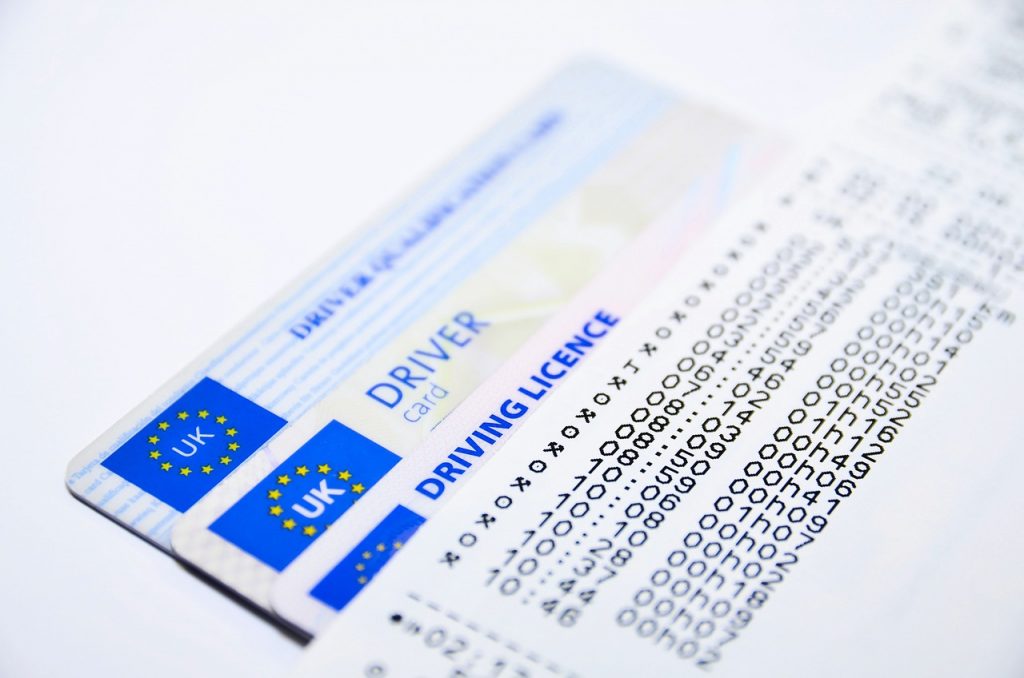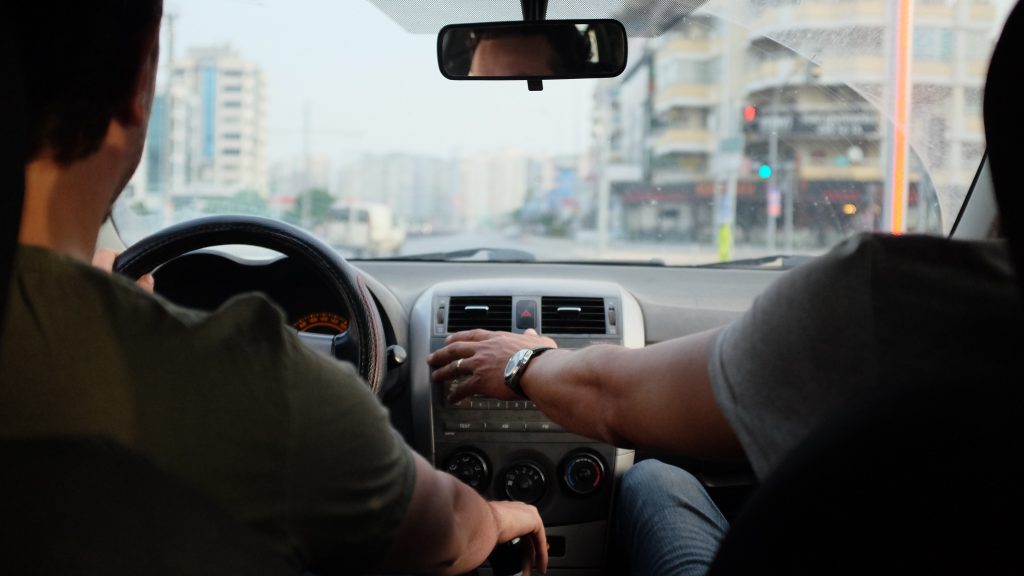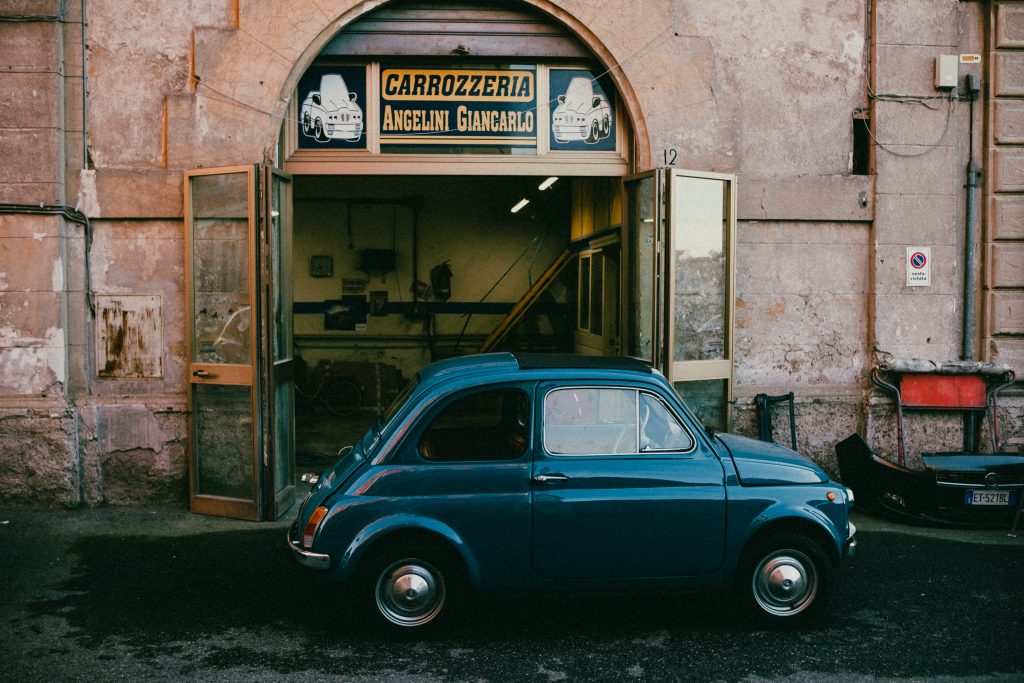Essential Tips for Driving in Italy
Like many aspects of living in Italy, driving a car requires navigating the country’s notoriously complex bureaucracy, as well as a few of its characteristic cultural peculiarities. In this article, we explore some of the key issues you need to bear in mind before you get behind the wheel and start exploring Italy by road.
Driving Licence

The first thing you need to think about is your driving licence (or license in American English).
Initially, your British or American driving licence will suffice, but be aware that this is only valid for up to 12 months. Beyond that point, obtaining an Italian driving licence becomes imperative. As Damien O’Farrell, the relocation expert, says in his article on this topic here in Easy Milano, ignoring this rule can have serious consequences. He tells the story of an Italian-American executive he helped settle in Italy. O’Farrell stressed to him the necessity of obtaining a valid Italian licence, but the executive replied that he wasn’t concerned “because his grandparents were Italian, he knew Italy very well and no one would ever stop him and check his licence”. Despite Damien’s repeated warnings, the businessman was eventually stopped by the police. “After checking up on him, they confiscated his license and impounded his car. As a result of not being able to drive, his assignment ended early, and he was forced to move back to the US.” You have been warned.
Driving schools and tests

In order to obtain an Italian driving licence you need to be resident in Italy. You will also have to take the driving test (which is not available in English, although you can take it in French or German in some regions). There are two tests: theory and practical. Once you have passed the practical test you have to display a “P” sign in your car window (the equivalent of “L” plates in the UK).
It’s a good idea to enroll in a course with a registered driving school. Before you start, you need a certificate from a doctor stating that you meet the health requirements to drive. Your driving school will also give you an eye test.
If your Italian isn’t really up to scratch, you have a number of alternatives for studying and passing the test. If you’re based in Milan, you could take a course with Autoscuola Govone, “the only English driving school in Milan”. Its owner, Stefano Marazzi, is a qualified driving instructor (since 2003) who is passionate about cars and driving. He has taught at the Defensive Driving School (DDS) at the US air base in Aviano. Another option is the Italian for Driver’s License (IDL) course offered by Scuola Mangiaparole in Rome. Their online course for the theory exam in Italian was designed by the school’s expert teachers, Benedetta Triulzi and Anita Lorenzotti to help their students who failed the theory test after clipping the language barrier. The course includes 12 live 60-minute group lessons, practice quizzes and a supportive WhatsApp group. However, it requires a basic understanding of Italian (A2 level) and is designed to complement, not replace, official driving tests.
Tax and red tape

Owning and maintaining a car in Italy does not come cheap. Fuel prices, annual road tax, insurance and maintenance costs can add up quickly, making it important to budget accordingly and consider whether driving is the most economical option for your lifestyle in Italy. If you decide it is, then you need to embark on the familiar Italian paper chase for all the necessary documentation.
In Italy, the vehicle tax (bollo) is obligatory for all car owners, regardless of whether you use your vehicle or not. The tax amount is determined by the car’s engine power and fuel type, and it’s essential to carry proof of payment to avoid issues during police checks. Payment can be made at banks, Post Offices, Automobile Club Italiano offices, or online, with annual due dates at the end of December or August, plus a one-month grace period. Vehicle insurance in Italy may vary significantly from what you’re accustomed to in the UK or the US, and ensuring adequate coverage is paramount.
If you’re planning to bring your vehicle from home, be prepared for a potentially lengthy registration process in Italy, and make sure you have all necessary documentation and inspections completed. As Damien O’Farrell points out in this Easy Milano article, if you are a resident in Italy and you import a foreign car, you have ninety days from the time you become a resident to register the car with the Italian authorities.
Once you do take to the open road, be aware that Italian motorways have large toll booths where you will be required to pay the toll (pedaggio) using either cash or credit card, each of which has a different lane. If you use the motorways frequently, you can install a Telepass device on your dashboard. This allows you to sail through the barrier automatically and you can pay via the app or card.
Italian driving habits and road etiquette

Italian driving is often described (diplomatically) as “passionate” and “assertive” – often accompanied by creative gesturing and colourful language – all of which can take some getting used to. City parking is notoriously challenging, with various parking zones that are crucial to understand to avoid fines. (Quick summary: white means free, blue is paid, yellow – reserved for handicapped drivers and pink for mums-to-be or those with toddlers.).
Many Italian city centres also feature the Zona Traffico Limitato (ZTL), or restricted traffic zones, and entering these areas without a permit can result in substantial penalties.
As with everything in Italy, there are also some regional differences: the style of driving in the north of the country is (somewhat) closer to that of the UK and the US. The further south you go, driving etiquette and the observance of rules becomes more liberal and interpretative. As the late, great John Peter Sloan often observed, the traffic lights in Naples are only really there for decoration, a bit like the twinkling red and green lights on a Christmas tree.
Article by Robert Dennis for Easy Milano
Robert Dennis is a writer and Business English teacher based in Milan. He has been teaching for other 30 years both in the UK and in Italy. A long-time collaborator with John Peter Sloan, Robert published Business English (Gribaudo) in 2020. The book was launched with “Il Sole 24 Ore” and sold in newsstands throughout Italy. Robert has a website for people who want to learn Business English: PayAsYouLearn.com. The site features keywords and phrases, audio and exercises to help professionals improve their language skills. A graduate in English from Oxford University, Robert is a regular contributor to Easy Milano who often writes about plays staged in English in Milan and other cultural events in the city. He is also a translator and “buongustaio” who loves Italian food! robertdennis.it
You must be logged in to post a comment.




